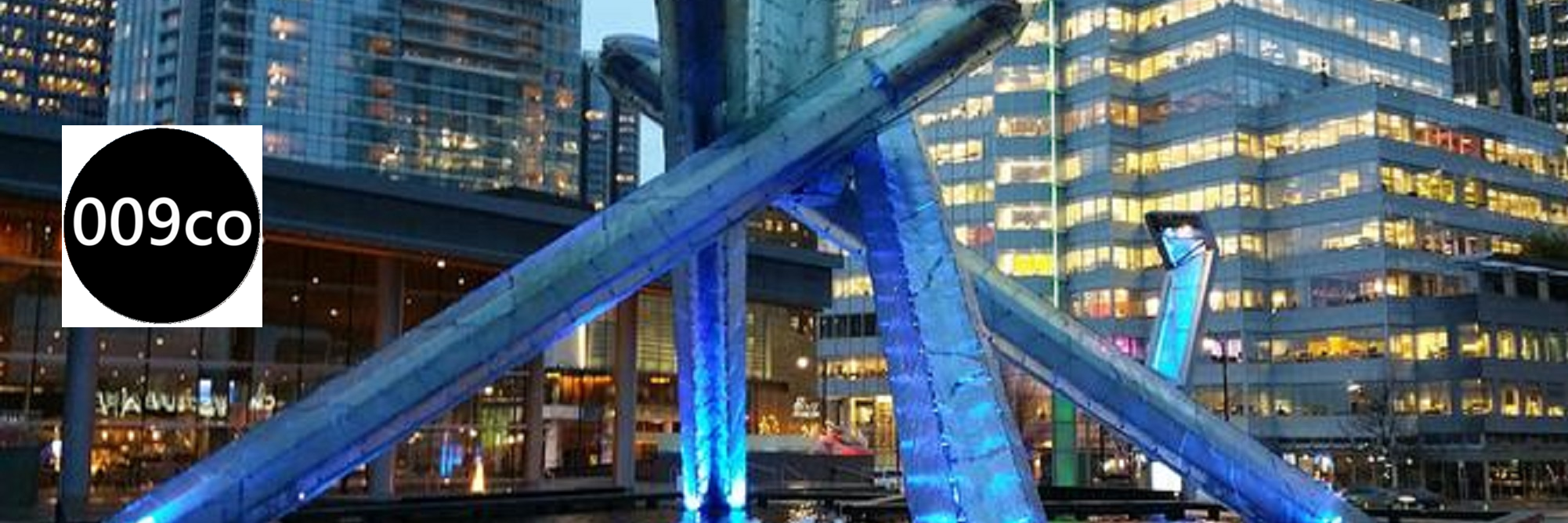Leaflet.js choropleth map color by count using geoJSON datasource
I have a Django web application that needed an interactive map with shapes corresponding to Canadian postal code FSA areas that were different colors based on how many properties were in each FSA. It ended up looking something like the screenshot below. This exercise turned out to be relatively easy using the awesome open-source Javascript […]
Leaflet.js choropleth map color by count using geoJSON datasource Read More »
